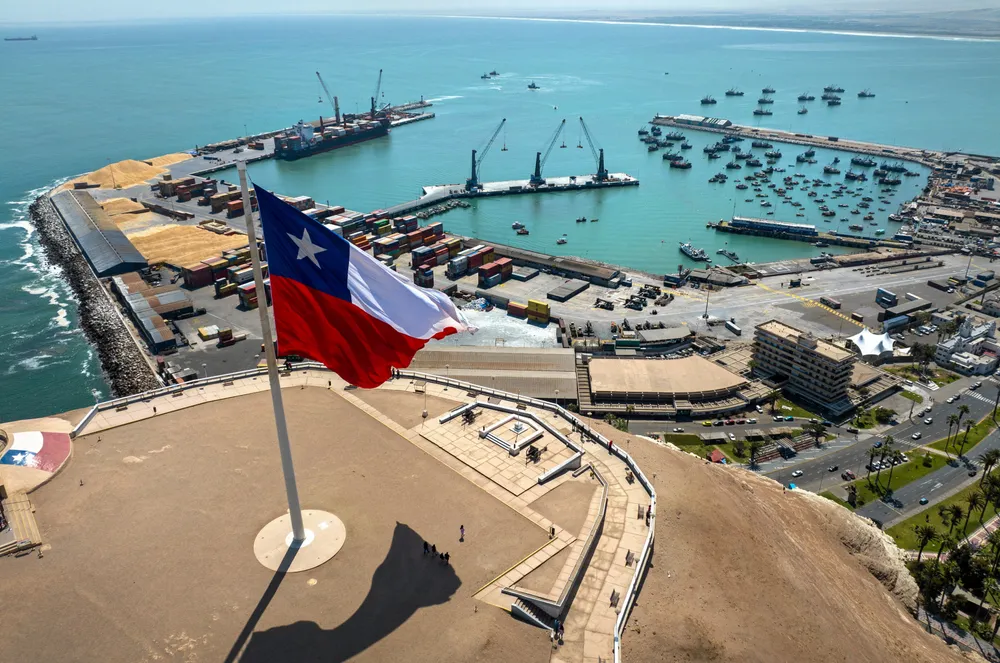Chile unveils $728m fund to de-risk green hydrogen projects, backed by European and US banks
Developers will be able to access loans for up to 40% of electrolyser project capex from Q3 2024

Developers will be able to access loans for up to 40% of electrolyser project capex from Q3 2024
